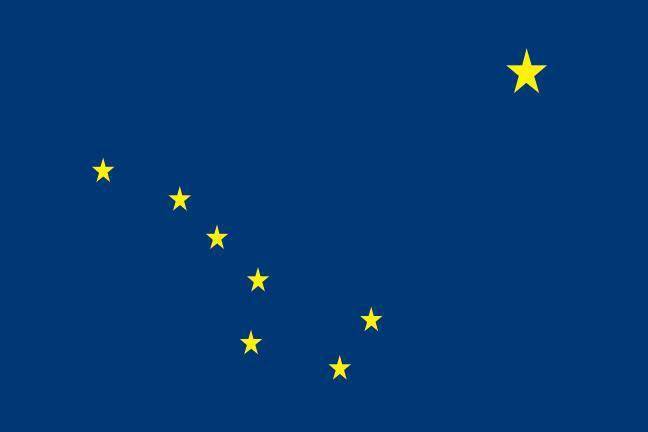Monday, the state Health Department released the 2017 Alaska Vital Statistics Report.
The annual report features new insights into marriage and divorce, baby names, fertility rates and other statewide statistics.
Fewer and fewer Alaskans are getting married. The state marriage rate has been slowly declining from 8.5 marriages per 1,000 people in 2008, to 7 marriages, per 1,000 people last year. In 2017, most Alaska weddings took place in July, while the most unpopular month to get married was February. Over 5,000 Alaskans got married last summer, including 79 same-sex couples. Between 2013-2017, the most common ages to get married are between 20-24 years old. Separations are down slightly from 2016, with 3.6 separations per 1,000 people occurring last year.
Alaskan women gave birth to roughly 7 percent fewer babies in 2017 than in 2016. The state crude birth rate, which measures the number of births for every 1,000 Alaskans, has also dropped between 2016 and 2017, from 15.2 to 14.2 births per 1,000 people. Despite the drop, the state’s crude birth rate is still higher than the national average, which was 12.4 births per 1,000 Americans in 2015, according to the National Center for Health Statistics. In Alaska, the most popular baby names were Emma and James in 2017.
In 2017, the teen birth rate, which looks at the number of births for every 1,000 Alaskan women aged 15-19, was 21.4 births per 1,000 women and is also down from 25.5 births per 1,000 in 2016. The state teen birth rate was also slightly higher than the national average, which was 20.3 births in 2016, according to data from the U.S. Department of Health and Human Services.
When it comes to infant mortality rates, Alaska reported 7 deaths per 1,000 live births in 2017, which is up from 6.7 between 2014-2016. In 2016, the U.S. infant mortality rate was 5.9 deaths per 1,000 lives birth, according to the Centers for Disease Control and Prevention. The report said Black and African American Alaskans had the highest average fetal death rate by race, with 14.7 fetal deaths per 1,000 live births.
Cancer was the leading cause of death among Alaskans in 2017, followed by diseases of the heart and unintentional injuries. In 2017, 22 percent of all cancer deaths were lung and bronchus related.
Drug-induced deaths rose about 16 percent between 2016 and 2017, with 131 drug-induced deaths in 2016 and 154 in 2017. Overdoses were responsible for 92.9 percent of the drug-induced deaths in 2017, with opioids and psychostimulants being the two most common drugs involved. Of the 99 deaths caused by opioids in 2017, only 34 were caused by heroin, while fentanyl and pain relievers caused a combined 104 deaths.
Life expectancy for Alaskans was 80 years, between 2015-2017. Women are expected to live about 6.5 years longer than men, with the average woman projected to live to 83.4 and the average man projected to live to 76.9, between 2015-2017. Alaska Native and American Indian residents had the lowest life expectancy of any group at 72.8 years on average.
Data for the report comes from a variety of sources, including parents, doctors, midwives and other birth attendants, medical facilities and examiners, magistrates, funeral directors and the Health Analytics and Vital Records Section staff.
Reach Victoria Petersen at vpetersen@peninsulaclarion.com.

